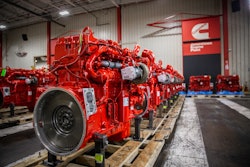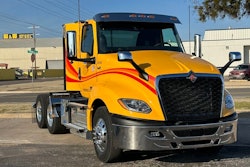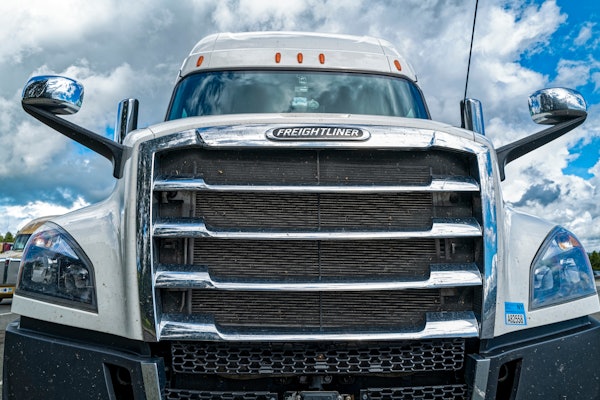It’s pretty clear that people like the status quo; they like the way it is and they want it to stay that way for more than a moment so they can catch their breath. But, just when did we actually ever have that stability in the freight world? Was it in the 1950s before the federal government pumped money into making the interstate highway system? Was it in the '70s before deregulation started and fleets ran cabovers? Was it in the '90s just before electronic fuel systems became standard?
Really, when was freight technology stable for you? I cut my freight teeth doing analysis of a light-weight, state of the art “quiet” cab-over at an OEM in 1981. Seen a lot of those lately? I hand built my first prototype aerodynamic tractor for another OEM in 1994. I’ve watched the Class 8 market go from blunt to aerodynamic, and from 4 mpg to exceeding 12 mpg. That all stared with the Kenworth T600 in the 1980s. I can’t recall a period of time where change was not always part of the daily freight grind.
Yet people love to talk about pausing and taking a rest from change. I spent a few years in the truck market in my career. I don’t recall fleets ever not asking for more each year. I don’t recall OEMs not trying to outdo each other at annual truck shows, each showing off the latest technologies. I don’t recall fleets ever saying to an OEM that that truck was good enough, and not to change it for the next few years; "Send your engineers home. Take a vacation. Stop innovating."
I ran into my share of marketing people in my career. Selling vehicles is all about differentiating your product from everyone else’s. Wouldn’t it be great if we just all had the same vehicle? How would fleets like that?
A nearly annual event at truck manufacturers is launching a project to look at option reduction. Option content for trucks (read that as “fleet choices") leads to literally millions of permutations of possible builds that OEMs must consider on the production line. All that variation adds cost and eats into profit. The holy grail for truck manufacturers is to build as few variations as possible. Think of Henry Ford’s Model T: essentially unchanged for 15 years or more until his competitors started providing better choices. Now we have this thing called “new model year” with all sorts of expectations for change.
The North American truck market is built entirely on choices. A lot of choices. What if choice went away? What if everyone had the same truck? Is that the stability that fleets long for?
The evolving zero-emission vehicle market is presenting that opportunity. These vehicles need volume to allow OEMs to help beat down cost. Standardizing components and option content can only help increase volume for costly items like batteries, motors, those high voltage orange cables with expensive connectors, controllers, software, sensors and more. Volume is the key to reducing the cost of zero-emission technologies. Are fleets willing to park their appetite for option content? Are OEMs willing to park their tendency to offer product differentiation?
In my experience, those annual efforts to reduce option content generally fail. Sure, there were peak market periods where OEMs could tell a fleet, “This is all you get,” but there were just as many troughs in sales where the customer was always right. Option content tends to proliferate because fleets want it their way. What OEM is willing to say "no" and walk away from a sale and give it to a competitor?
And let’s not blame regulation for change. Constantly improving product performance is in the DNA of fleet requests to OEMs. Regulatory change is a symptom of that fleet push for continuous improvement, not the root cause. You may not like that it is labeled “required” but the technology train is always moving. Regulators, like fleets, are just as apt to want more each year. Why should fleets be the only ones who get to ride that change train?
And don’t even start me talking about ecommerce. Talk about constant changes in the supply chain management.
Change is part of this business. While longing for stability is a great thing, I seriously doubt anyone in trucking today has ever actually had stability.
The only constant in freight is change.












